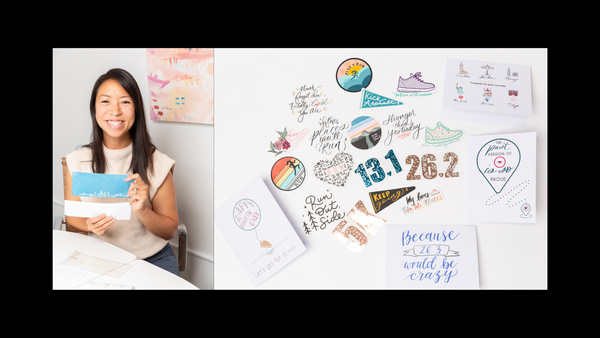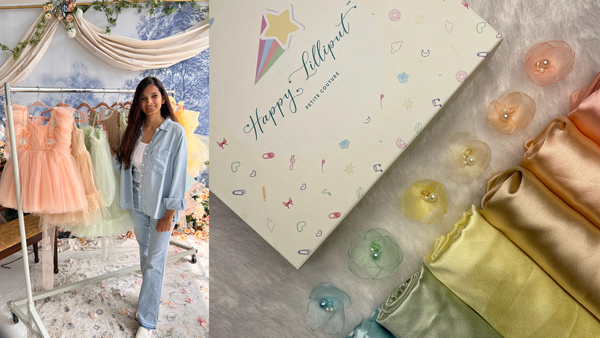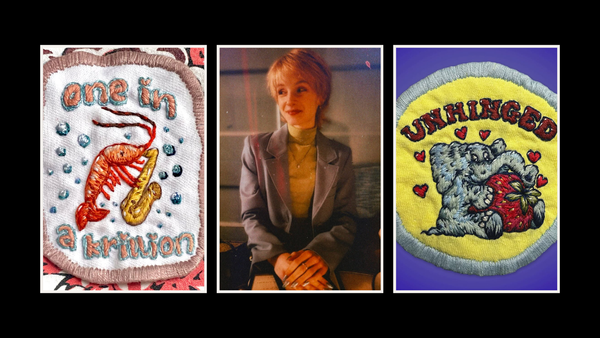Purpose and Passion in Paris: Meet Creative Powerhouse Keva Epale
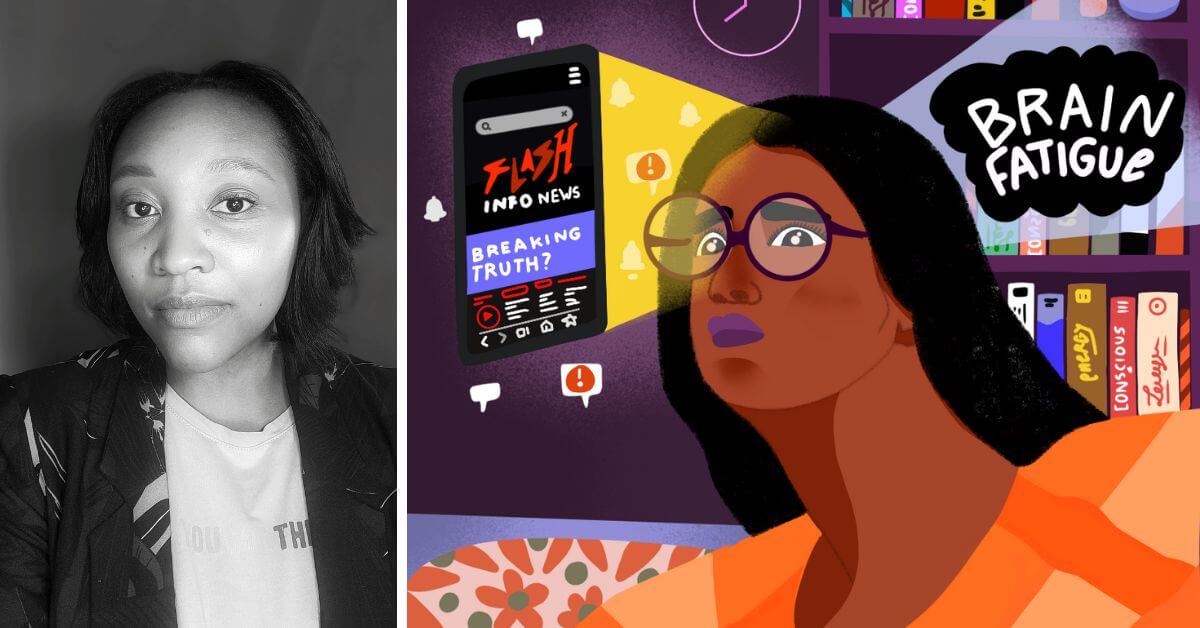
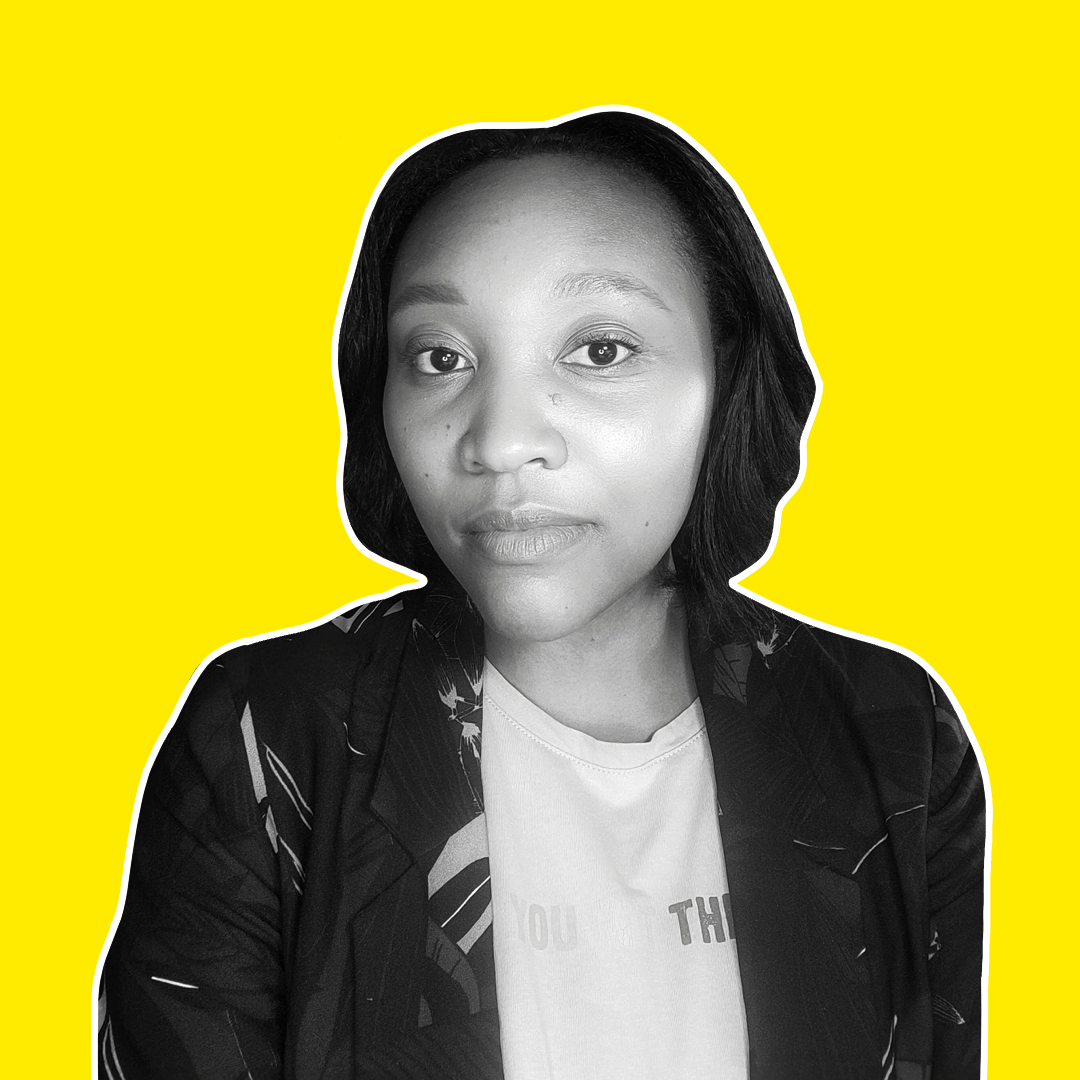
Keva Epale is an art director, graphic designer and illustrator based in Paris. Her journey from working as a graphic designer in the cultural sector to starting her own business is inspiring. Keva Epale Studio, a hub for branding and storytelling, reflects the entrepreneur’s commitment to empowering her clients with dynamic design.
With a belief in the power of creativity and entrepreneurship, Keva’s success is a testament to the relentless pursuit of her vision. From the challenges of starting anew after leaving a 9-to-5 to embracing the role of a mentor to up-and-coming creatives, Keva offers rich insights into the world of creative entrepreneurship. Discover more in her interview.

How did you get started in design?
I have always been a creator, even as a child. This creative pattern has remained consistent throughout my journey.
I embarked on the path of establishing my own creative studio one year after quitting my 9-to-5 job as a graphic designer in the cultural sector. It felt like I had to start all over again; I had to redefine who I was and what I wanted to achieve. It was at that moment that I created my first manifesto, and it has been a gift.
That drive for freedom and purpose led me to Copenhagen, where my creative fire was awakened again. I had moved to Copenhagen to work for a startup. But more importantly, I was wondering if I should pursue my career in graphic design again. I had my answer! It became clear to me, and it came in the form of a renewed understanding of entrepreneurship.
I responded to those questions with an idea and a call to capture the stories of the founders I encountered. They ignited in me the spirit of possibility, and my creativity was strengthened.
As a result, I created a podcast, which I launched when I came back to Paris. The podcast was such a nurturing project, especially during the challenging times of the pandemic in 2020.
During that period, I pursued further education. I took a freelance course at an entrepreneurship school. It all led me to draft the initial vision of the studio that you can experience today.
My dream of creating an ecosystem using my skills and capacities that benefit myself and others was confirmed. The studio was born. As I look at the steps, ups and downs and strategic intuitive moves, it is quite a walk. The studio has transformed for the better in many ways. All that by keeping at its core that vision to empower creatives and entrepreneurs to believe and bring their visions to life. And, I feel like I am just starting.

When did you realize that entrepreneurship was right for you?
As a graphic designer, I was working for institutions and clients. The awakening of entrepreneurship led me to better understand my position in the equation.
I had witnessed, as a child, my father being an entrepreneur but also an engineer and a poet. So I saw what is possible as a creative to expand into multiple businesses with more or less success. I guess it also shaped my views on business and entrepreneurship. I did not dare for many years because of the perceived failures I saw. But they were not my own. I had to, and I am still working on that, claim that possibility and go build it.
In a nutshell, I saw the saturation of the market and the gaps that I could fill. That is where I understood I could not only propose my services but also think as a solutionner and entrepreneur. Bringing solutions to a market through intentional product design. And it is a journey in itself.
Also, as an illustrator and storyteller, I understood that what I create may resonate with others, so I expanded into digital products.
How do you define success for your business?
My favorite definition of success is by Earl Nightingale: ‘Success is the progressive realization of a worthy ideal.’
From that standpoint, success is progress in that intentional and guided direction or vision. Because of that belief, everything is possible. It may be cliché, but it is true: when you believe, when you really believe, no mountain can stop you.
For my creative business, it is building that ecosystem as a vision and confirming it is not just in my head. It was not a grand dream. As I marched towards pursuing it, many little confirmations made that dream more possible.
Success for me is realizing that, from that small seed years ago, it started bearing roots I never thought it could bear. Even if the outcome means a new company with a new, upgraded vision, success is not regretting; it is daring to build that congruent vision.
Where do you find inspiration for your work?
I find inspiration everywhere: in life, in books, in music, in art, in cinema, in nature—literally everywhere.
I consider myself an observer, and I had to train to become a better observer. I am still not happy with my observing levels, but I know that with meditation and more intentional practices, like walking, I will be able to improve. And be guided to ideas and references to support any creations.
For many years, I collected old magazines, comics, books, and posters. I love design, and it will always have a huge place in my inspiration box. I love vintage types, old movies, old books. Not only that, but I am often guided to inspiration, and that is why I believe in being present to seize it. It is a kind friend that you seize when you are relaxed and here.
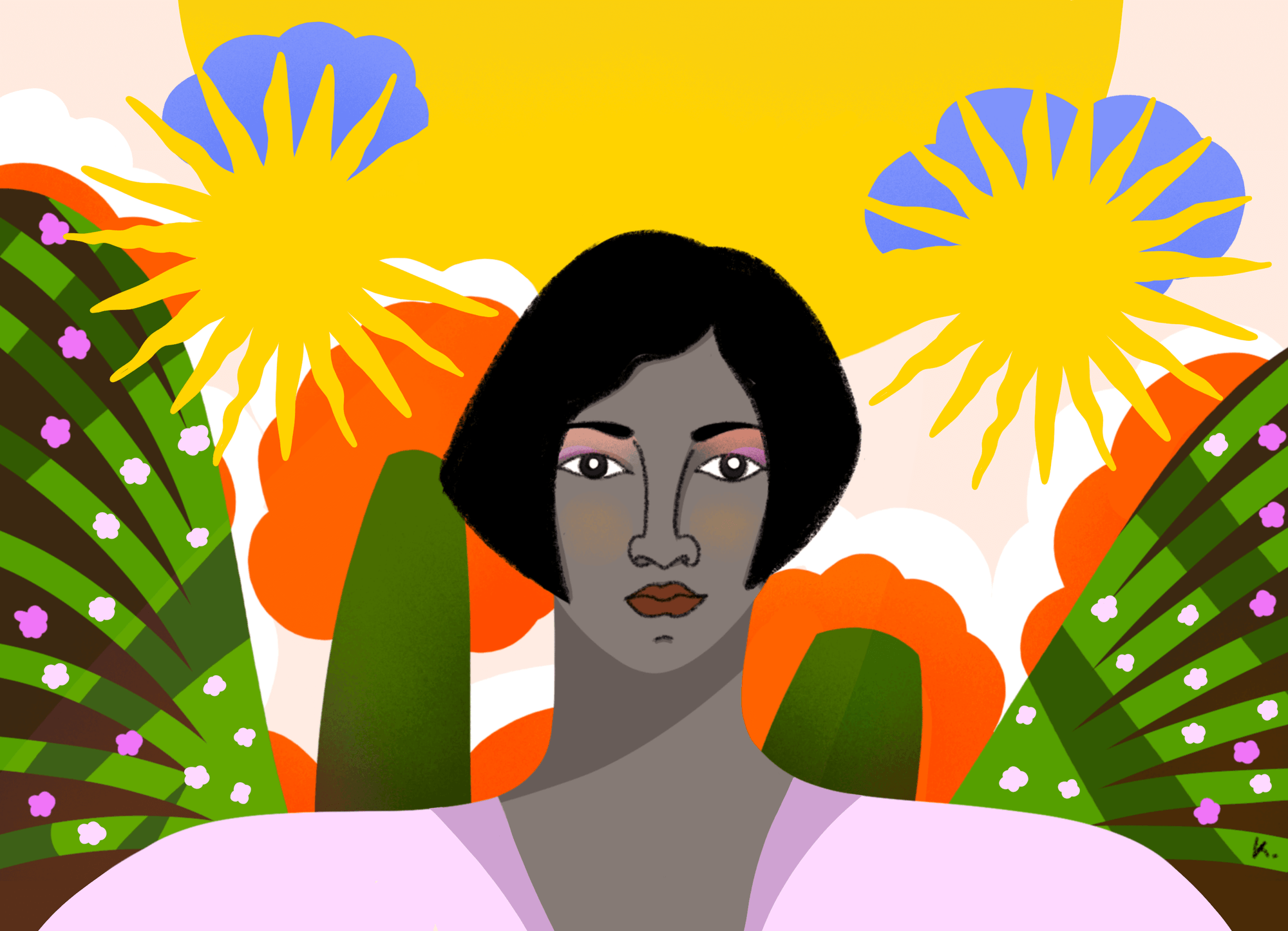
What’s one piece of advice you wish someone had given you when you first started your business?
I ponder on this a lot. I wish I could go back in time and speak to my younger self at specific moments of her journey. But it is not possible. Nevertheless, I can share advice with a younger version of myself here.
I wish I had received as a gift this set of advice:
- You will need money to get your vision off the ground. So do not recklessly go on creating a business without some money aside. You will need to invest in courses, coaches, technology, etc. In a nutshell, try to put aside six months to a year’s worth of money that will sustain your efforts.
- You don’t need to quit your 9-to-5 job to start your business, especially today. Back when I quit, it was not that easy to start an online business. You can start with your current job and grow it by night and weekends. Stick to your 9-to-5 until you see meaningful growth in your side business. Once you hit that growth mark, you can finally go full-time.
- Get yourself into the right environment. The one that will sustain your vision and inspire you to stand strong in the process. By that, I mean location and people. Move to a city or country that elevates your spirit with people who will be co-builders and supporters when the road is rough. You need to put together a support system and be alert when you see something that is not helping you thrive.
What advice would you give to someone who wants to start selling their art or creative product?
Talent is not enough. You must start educating your marketing muscle. Think data, think solution and think market.
Be as disruptive as you can with what you create. Do not only tackle a pain point; bring a new angle to the solution and possibly shift your market with that solution. I know how hard that is! And personally, I am training in that.
You are creating a product that will be used by someone on the other side. Consider who you are as a consumer, and try to get in their shoes the best you can.
Selling is about helping others. Art is a healing tool and a creative product as well. The benefits of what you create can extend to more than just instant gratification or comfort.
What’s something our audience would be surprised to learn about you?
I love K-pop, Turkish pop, Bollywood and Turkish movies. I have my moments where I just karaoke with those epic stories.
As creatives, we can be continuously creating and refining our art. How do you handle perfectionism?
I do like good work and well-crafted things, but I also decided to let go and allow bruises to appear more.
When something feels right, it’s the right time to publish. It may have mistakes or not be fully finished, but it is perfectly rendered. I follow my internal guidance for that. When I am forcing myself and pushing for things to be perfect; they disconnect from who I am and lose interest.
So if it feels right to me, it is good to go! And it doesn’t mean I rush things and instantly publish. No, I do what I have to do to my best capacity and review it. My internal clock will confirm that we are good. It is more than enough. No art is perfect. If we wanted it to be perfect, we would never release it. At some point in the process, we just know it is ready. We have to become more aware of that signal.
What’s something that surprised you about running a creative business?
I was quite surprised by the leverage of marketing that it implies. There are many things that you have to consider. Such as administrative work, pitching clients and brainstorming new products. But also, content creation and ideation, networking, and finding collaborators.
You also have to create opportunities to get your brand and vision into the world. It demands a tremendous amount of leverage and strategies. You have to think about the big plan and be flexible in putting it into practice. Strategy is super important, along with your creative flair. Additionally, when you find the proper rhythm of creativity and business, you have to maintain that rhythm with systems.
What’s your advice for handling the highs and lows of running a business?
Try to find moments of joy and surprise outside your business.
I used to think my business was play and an extension of myself. It is true that it gives me immense joy, even in the climb of the mountains. I am more than my creative business; I find peace in it. Yet, I also need an outside world to nourish and nurture my vision.
Spirituality is key for me, and it is the foundation of what I do. So, I have my inner-world routine. Family and friends also matter a lot. We tend to pour so much into our businesses that we can miss many fun moments. I know what it feels like, and I try to be more mindful and spare more time with them. I hope very soon to increase those moments even more.
Has someone ever criticized your work? How did you handle it?
Yes, many times. Art school is all about that criticism, so you are carved into a constant judgment of your work.
I was working as a graphic designer and art director for the cultural sector, which had huge exhibitions to prepare and design. So, I was scrutinized by the internal team and the public. It was my first professional experience with criticism at such a high level.
I then had clients, and I had to defend my work and vision for the projects. And, I also detached from it all because it is about the benefit of the project and vision.
Even with business ideas I had to pitch for contests or communities, I learned a lot about my detachment and my engagement within the process. I learned to hold on to my ideas but not be obsessed with them.
It took me many years to reach that wisdom, but today, I am more confident in my work and overall creative being. I understand I am not for everybody, and when I encounter rejection or criticism, I say thank you! And I take what I need to take from the constructive remarks, and I move on with the fruit of it: wisdom.
Criticism can break you if you let it break you. As long as you know why you are doing things, nobody can take you off your seat. Even if nobody believes in you, believe in yourself. It is more than enough.
What’s a cause you are passionate about?
I see many difficulties black creatives go through. I have had my share of that experience, even if I have been lucky in many ways. Nevertheless, I have had many moments where I was the only black woman in the room and at that level of decision. It makes you stronger, but you also see the behind-the-scenes of systemic behaviors. A lot of progress has been made, but more needs to be done.
So, I value those ventures that elevate creatives who may not have the codes to enter a field—either language, skills or finances, among many other things.
I hope to infuse into my studio more support in that sense for creatives who struggle to just enter the door. Even more than that; it is about creating your own doors. Once it is done, how do you make it profitable?
For many black creatives or creatives not widely immersed in a field, they end up having to create their own business. That’s great, for sure, but they could have benefited from mentoring and inner insight from companies if they had stepped into that position or role.
I started being a mentor last year, and here are some great organizations: Where are the Black Designers (WATBD): www.watbd.org, I Like Networking: ilikenetworking.uk and Eloquentia: eloquentia.world.
Can you share the name of a supplier or vendor that you use for your business that you just love—one that makes running your business a bit easier?
Oh, I love the simplicity of Gumroad. It helps you create a sales funnel that you can integrate into your website. It is free and works great. I also love Substack, which is a great email marketing tool. And finally, Descript, which is a time saver for editing using AI.
What brings you joy?
What a great question! Creating brings me immense joy. Those moments where I am present and connected to some inner guidance. It feels so peaceful. I understand I am a vessel, and I let go. My family and the simple moments of life bring me joy.
Thanks, Keva Epale! You can learn more about her work at kevaepalestudio.webflow.io or www.contrado.com/stores/keva-epale/products/43.
Editor’s Note: This interview has been edited for length and clarity.

